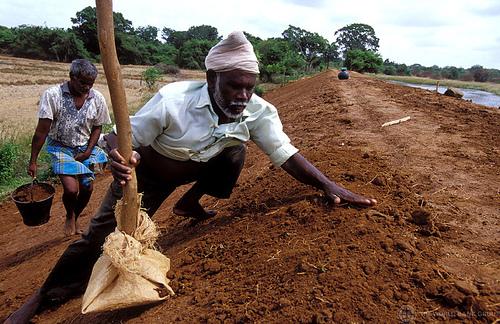
Published on:
Topics:
Country:
IFC, a member of the World Bank Group through its Global Index Insurance Facility (GIIF), has entered into a project agreement with SANASA Insurance Company Ltd, to support the development and use of flexible and affordable weather index insurance products to help minimize the impact of crop losses due to floods or droughts on farmer livelihoods. The project objective is to expand access to insurance for food crops such as rice and in turn offer protection for up to 15,000 small-scale farmers against weather-related risks and natural disasters. The project will also raise awareness amongst 50

